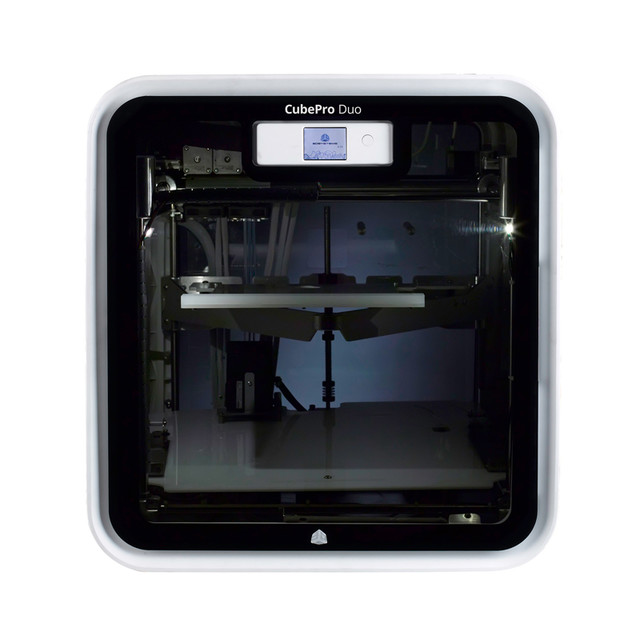
The printhead cover looks nice, and it covers the 4010 radial fan located at the right of the hotend. Fortunately, I haven’t experienced any clogs, but you will see what I’m talking about in the prints section. When the heat break gets too hot, filament starts to soften before reaching the heat block and this causes inconsistent extrusion and even clogs. Unfortunately, this hotend performed quite bad during my testing and I blame it on the bad thermal performance of the heat break. You can print lower temperature filaments like PLA and PETG without issues but I recommend not going past 240C because the PTFE tube will start to degrade and start to release harmful fumes. PTFE Lined HotendĪs you might expect from a budget 3D printer made by Creality, we get the same Creality PTFE lined hotend like in other printers like the Ender 3.

There’s also no heatbed insulation to improve efficiency and keep the bed temperature stable. I had to add a thin layer of printing adhesive over the print surface to ensure a good adhesion during printing. Unfortunately, the magnetic attraction between the print surface and the bed is nothing to write home about, so don’t expect to print large ABS models or other kind of materials which could create excessive pulling forces.īesides that, the adhesion when printing regular materials like PLA and PETG is not that good. The print surface is magnetic, and similar to the one you get with a KP3S.

The Creality Ender 2 Pro has an aluminum heatbed with a magnetic sticker applied to it. Aluminum heated bed with removable magnetic print surface I say this because after printing for a while with it, I found some models which did not fit on the build plate without resizing them while with the Prusa Mini or KP3S, I did not encounter this issue.

15 mm doesn’t seem too much, but considering that the aforementioned printers take a bit less space and have a bigger print volume, the Ender 2 Pro falls a bit behind. Creality Ender 2 Pro Specs Molding technologyġ2864 integrated screen with control knobs.Ĭompared to the Prusa Mini and the KP3S, the Ender 2 Pro has a smaller build volume on the X and Y axis.


 0 kommentar(er)
0 kommentar(er)
